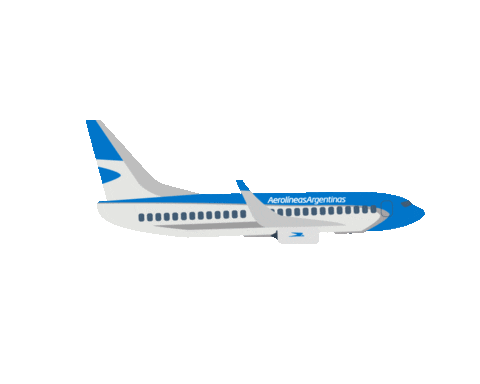
Discovering the USA: A Great Place to Study
The United States of America (USA) is in North America. It has the Atlantic Ocean to the east and the Pacific Ocean to the west. Canada is to the north, and Mexico is to the south. The country has many different landscapes. You can find mountains in the west and flat plains in the middle. Many people think of the Statue of Liberty, the White House, and the Bald Eagle when they think of the USA.
The USA covers about 42.55 million square kilometers (16.4 million square miles). This makes up about 8.3% of the Earth’s surface. Around 325 million people live in the USA.
Cities like New York, Los Angeles, and Houston have large African-American, Hispanic, and Asian communities. Some of the biggest cities in the USA are New York, Los Angeles, Chicago, and Houston.

Table of Contents
Why Study in the USA?
The USA is the top choice for international students. It offers quality education, unique programs, and a mix of cultures. There are over 4,500 colleges and universities in the USA. This means there are many options for students to choose from. Studying here can help you reach your career goals.
The USA also has a rich history and culture. This gives you a chance to learn and grow in a new environment. More than one million international students study in the USA each year, making it the most popular place to study abroad.
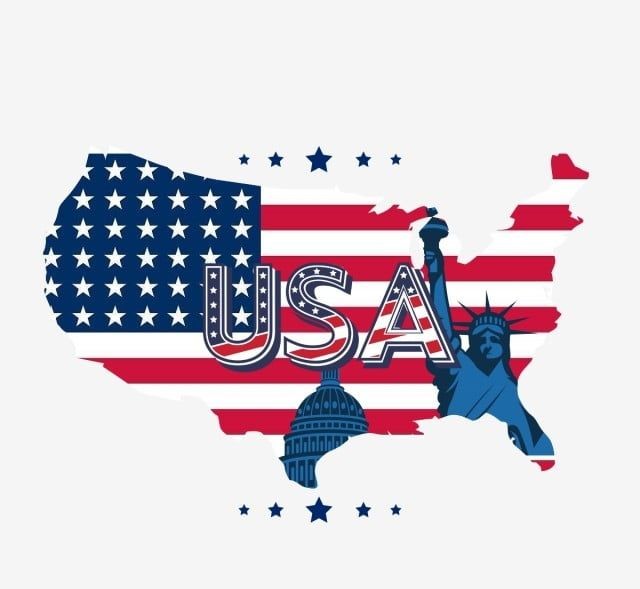
10 Reasons to Study in the USA for Nepalese students
- Academic Excellence: Renowned institutions offer high-quality education.
- Diverse Student Body: A multicultural environment enhances learning.
- Variety of Programs: A wide range of fields and specializations.
- Numerous Institutions: Over 4,500 options for different educational experiences.
- Scholarship Opportunities: Financial aid makes studying more accessible.
- Simplified Application Process: Easier admission procedures for international students.
- Fewer Document Requirements: Streamlined admissions with minimal extra paperwork.
- Research Opportunities: Many programs focus on innovative research projects.
- Quick Processing: Fast application and visa processing times.
- Teaching Assistantships: Gain experience while studying.
Interesting Facts About the USA
Harvard University, founded in 1636, is the oldest university in the United States.
Women gained the right to vote in the United States in 1920 with the ratification of the 19th Amendment.
Alaska was once part of Russia until it was purchased by the United States in 1867.
The Liberty Bell, a symbol of American independence, was made in England and is owned by London.
Philadelphia served as the original capital of the United States until Washington, D.C., took over in 1790.
The American flag features 50 stars, each representing one of the 50 states.
The Harvard Library is the largest academic library in the world, with millions of volumes in its collection.
Americans consume over 100 acres of pizza daily, highlighting the country’s love for this popular food.
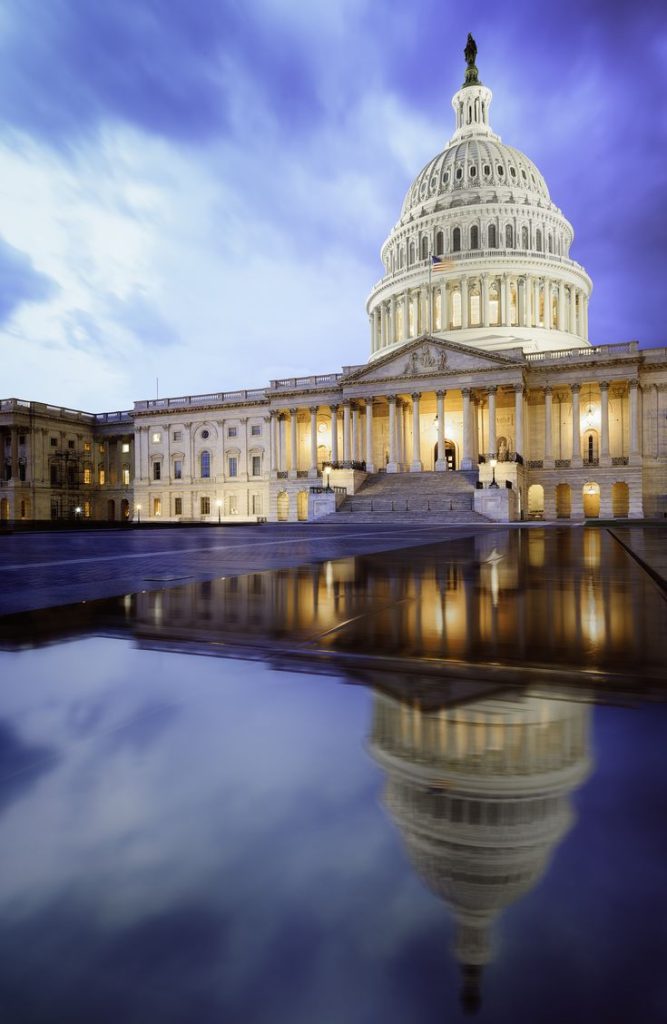
Requirements for Studying in the USA
Academic Eligibility
- Undergraduate: Minimum GPA of 2.4 or equivalent.
- Postgraduate: Minimum GPA of 2.6 or equivalent.
Standardized Test Scores
- SAT: Required score of 1200 out of 1600
- GRE: Required score of 320 out of 340
- GMAT: Required score of 660 out of 800
English Language Proficiency
| Level of Education | IELTS | PTE | TOEFL | Duolingo |
|---|---|---|---|---|
| Bachelor’s Degree | O: 6 | E: 5.5 | O: 50 | E: 42 |
| Master’s Coursework | O: 6.5 | E: 6 | O: 58 | E: 50 |
Document Checklist for USA I-20
- All Academic Documents (from SLC to the present)
- Passport
- English proficiency test scores (IELTS/PTE/TOEFL iBT/Duolingo)
- CV (Curriculum Vitae)
- Letter of Recommendation
- Bank Balance Certificate
- Interview Fee for F1 Visa: $160 with DS-160
- Sevis Fee: $350
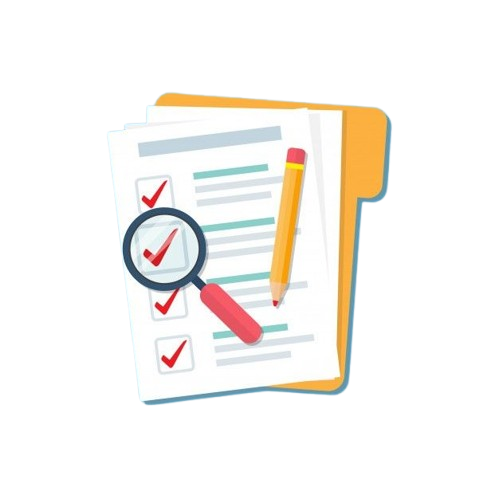
What is I-20?
The I-20 is an important document given by approved U.S. schools. It shows that a student has been accepted into a full-time program and has enough money to support their studies in the U.S. This form is necessary for international students applying for an F-1 visa, as it proves admission and financial ability. The I-20 also states how long the program will last and helps students keep their legal status while studying in the U.S.
What is SEVIS?
SEVIS stands for the Student and Exchange Visitor Information System. It is an online tool used by the U.S. government to keep track of non-immigrant students with F and M visas, as well as exchange visitors with J visas and their dependents. When you get your I-20, it will have a special SEVIS ID number. You need to keep this number while you study in the U.S., even if you change your major or school. You must also pay a one-time SEVIS I-901 fee for each program you join.
What is DS-160?
The DS-160 form is an online application for the F-1 student visa. Students need to fill it out to study in the U.S. After completing the form, you should print the barcode page, pay a $160 visa fee, and schedule a visa interview.
Visa Application Process
- Receive Your I-20: First, get your I-20 form, which includes your SEVIS number.
- Complete the DS-160 Form: Fill out the online DS-160 visa application form.
- Pay the Interview Fee: Pay the $185 interview fee at Nepal Investment Bank.
- Book Your Appointment: Schedule a visa interview at the U.S. Embassy.
- Pay the SEVIS Fee: Pay the $350 SEVIS fee at Nepal Investment Bank or any other bank.
- Prepare for Your Interview: Gather your passport, I-20, original academic transcripts, and your SEVIS and DS-160 receipts for the interview.
If you receive your visa, congratulations! If not, you can reapply using the DS-160 form. You won’t need to pay the SEVIS fee again, as it remains valid for one year.
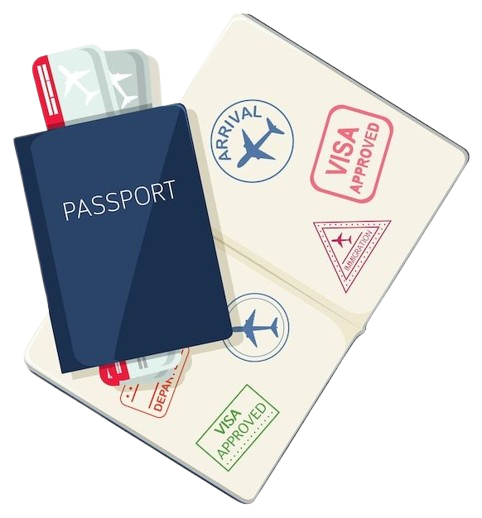
Frequently Asked Questions (FAQs)
You need an I-20 from a U.S. institution, a valid passport, proof of English proficiency (TOEFL, IELTS, or PTE), financial documents, and academic transcripts to apply for an F-1 student visa.
Tuition fees vary by program and institution. Undergraduate programs cost $8,000–$35,000 per year, while graduate programs range from $22,000–$55,000 per year. Living expenses add $10,000–$15,000 annually
Most universities accept TOEFL, IELTS, PTE, and sometimes Duolingo. Each program may have specific score requirements
The SEVIS fee is $350, a one-time payment to enroll in the Student and Exchange Visitor Information System. This is required for F-1 visa applicants
Many universities offer merit-based and need-based scholarships. Research your desired institution’s financial aid options and apply through their official website.
You can apply for your F-1 visa after receiving your I-20. The process, including completing DS-160, paying the SEVIS and visa fees, and scheduling an interview, can take several weeks.
Yes, students on F-1 visas can work up to 20 hours per week on-campus during semesters and full-time during breaks. Off-campus work requires special authorization.
Affordable options include public universities such as South Dakota State University and Arkansas State University, with lower tuition fees and good academic programs.
You need academic transcripts, a passport, proof of English proficiency, financial statements, and other supporting documents to get an I-20
Popular fields include Engineering, IT, Business, and Healthcare. The USA offers a variety of programs tailored to global career opportunities

